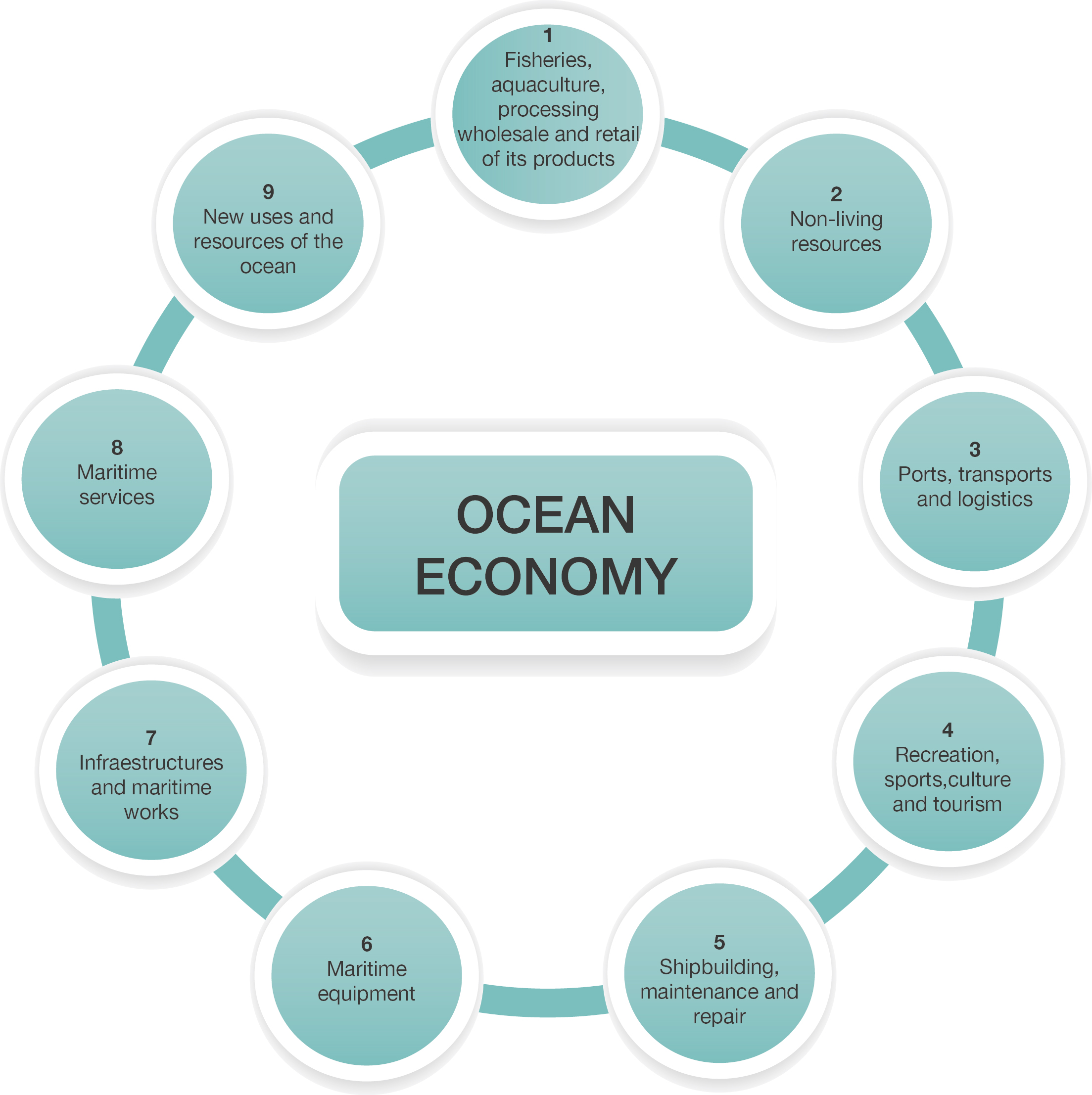The main objective of the Portuguese Ocean Satellite Account (OSA) is to provide an economic information system for the sea. The OSA was considered the most appropriate tool to estimate the size and importance of the ocean economy to the Portuguese economy and to obtain information on the structure of production activities related to the ocean.
The OSA privileged the simultaneous treatment of supply and demand. Information was obtained, not only for the production account (output at basic prices, intermediate consumption, Gross Value Added - GVA), but also for relevant economic variables such as household and public administrations consumption, imports and exports. Thus, it was possible to estimate the contribution of the "Ocean" to GVA and national employment. Additionally, an estimate was made for paid and unpaid employment, not only due to its relevance, but also to allow assessing the results plausibility.
By applying the Integrated Input-output Symmetric Matrix System to the main results, it was possible to determine, in addition to the direct effects, the indirect effect of the Ocean Economy activities on the national economy.
The compilation of OSA at NUTS I level allowed having information for Azores and Madeira (islands), illustrating regional differences, namely different output patterns.
